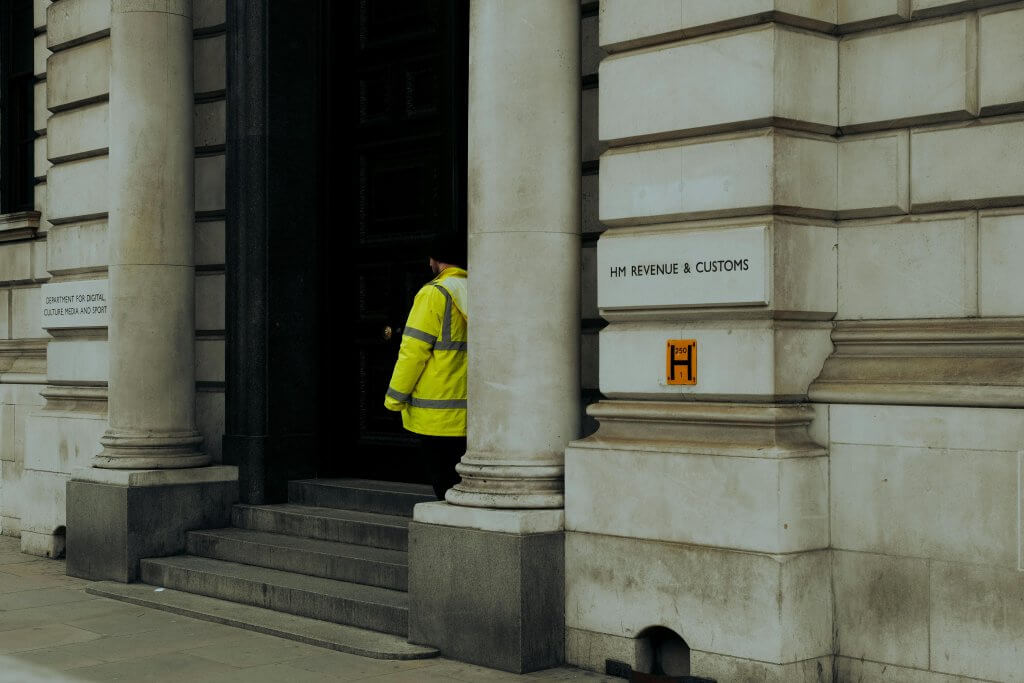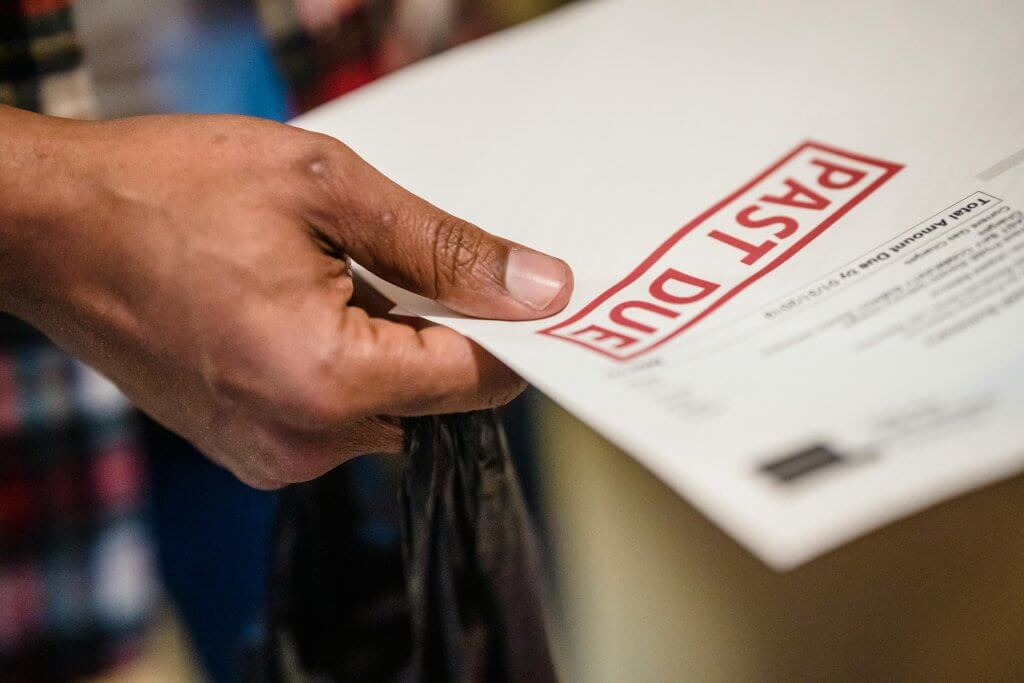If you’re a company director who’s thinking about closing your limited company with debts, be assured: you have options. We’ll look at some of these in more detail below. But if you’d prefer to talk to a licensed insolvency practitioner about your challenges, please get in touch with our experts.
An alternative to business closure
If your limited company has debts and is insolvent, you may be able to use a Company Voluntary Arrangement (CVA) to pay them off. A CVA is an agreement between creditors and the business owner that allows you to avoid liquidation by allowing the company to pay back its debts over time.
Creditors must agree in order for this option to work. We’ll work with you to create the best repayment plan and to show your creditors the business changes you’ll make to keep up with this plan.
How to close a limited company with debt
If you decide that the best option is to close your limited company, a Creditors’ Voluntary Liquidation (CVL) is often a choice available to you. This process involves liquidating your business’ assets to repay your debts as much as possible. This is how it works.
You’ll appoint a liquidator
The first step in this process is to appoint a licensed insolvency practitioner who will act as an independent third party. They’ll gather information about your company’s assets and liabilities, working with creditors to agree on a plan of action and helping them vote on it.
We’ll prepare an information pack for your creditors. This will include details of how much money each creditor is owed, what payments have been made and when they were made (if any), how much cash flow was available in the run-up to closure…and more. Basically everything that will help them decide to accept your liquidation.
Accepting your liquidation is generally the best decision for your creditors because it can mean they get more of the money you owe repaid. The other option is to issue you with a winding up petition, which takes time and can cost them additional money.
Your assets are liquidated to pay creditors and your company is closed
We’ll organise for the sale of your business’ assets. The funds gained from this will be distributed among your creditors. If there is not enough money from the sale of these assets, then any remaining debts may be written off.
Once the Creditors’ Voluntary Liquidation process is complete, your company is struck off the register at Companies House and your company is closed.
This doesn’t always have to mean the end of your business. We can often use a CVL as a Start Afresh Liquidation, to restart your business under a new company. This process must be carried out under the guidance of a licensed insolvency practitioner.
What happens to employees during a liquidation?
Unfortunately, all employees are automatically made redundant. As soon as a company enters liquidation, eligible employees can make a claim for redundancy pay and other statutory entitlements from the National Insurance Fund (NIF).
The Government then becomes a creditor for unpaid wages, holiday pay and other outstanding amounts.
For certain payments they’re a preferential creditor. For others they’re an unsecured creditor and therefore placed further down the line for payment. By being proactive and contacting a professional at the earliest opportunity, rather than waiting for a creditor to force the issue, your employees can claim redundancy pay faster and don’t have to live with the uncertainty of when the company will close.
Advice for company directors – if your company is insolvent, these are the next steps
As a company director of an insolvent limited company, you have certain responsibilities. If your business is insolvent and cannot pay its debts, these are the next steps:
- Do not ignore problems – if you know that there are issues with the running of your limited company and it has become insolvent, do not wait until things get worse before seeking help. It’s also illegal to trade while knowingly insolvent.
- Do not try to keep the business afloat with your own money – if there is no way for an insolvent limited company to continue trading then adding your own money will not make the issues go away. It’s better to involve a licensed insolvency practitioner who can help you solve the problems.
- Get professional advice from a licensed insolvency practitioner – any insolvency procedure must involve a licensed professional.
Conclusion
If your company is insolvent and you’re thinking about closing it down, there are several options available to you. If you have any questions about which one might be best for your situation, contact us today for advice on how to go about closing a limited company with debt.




